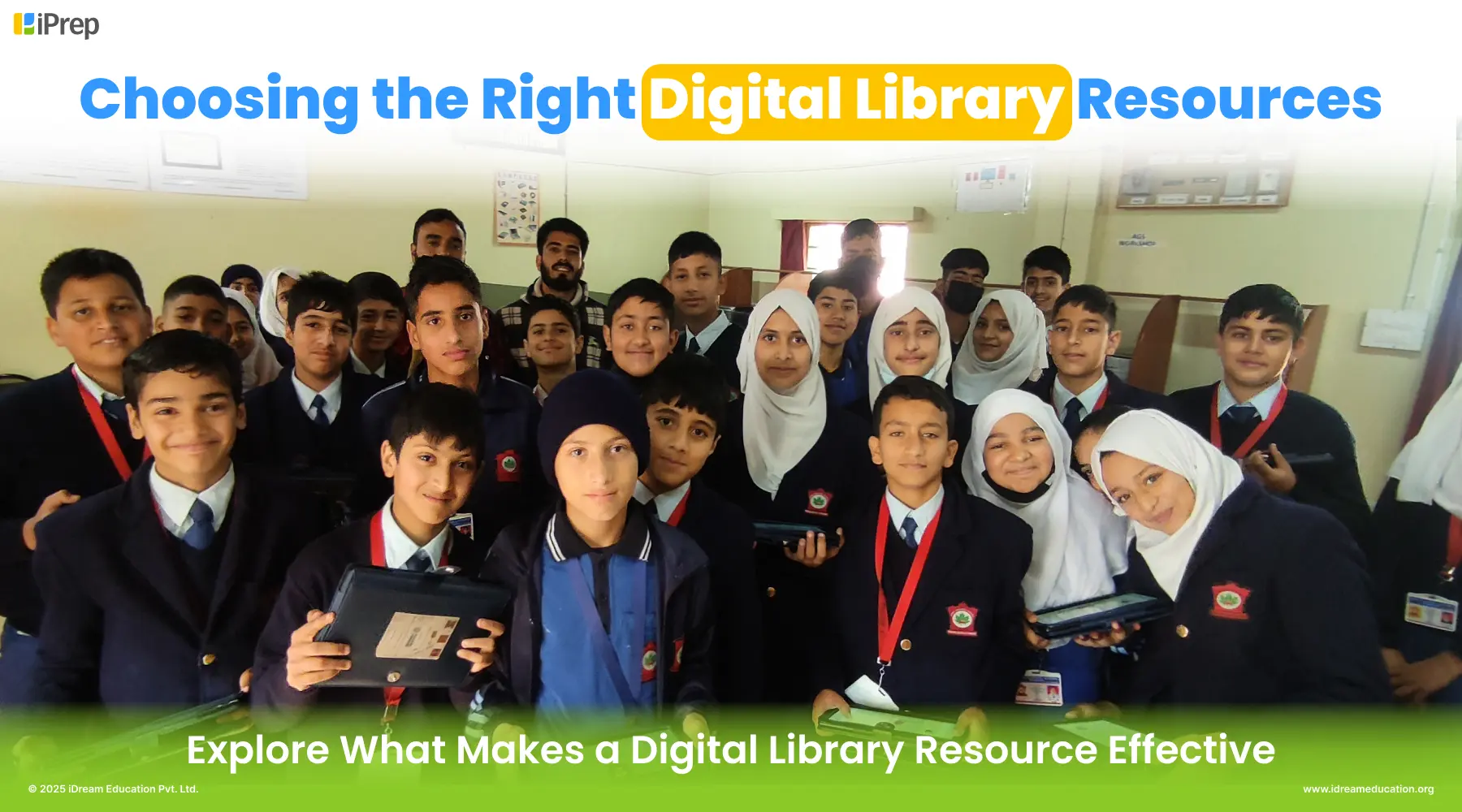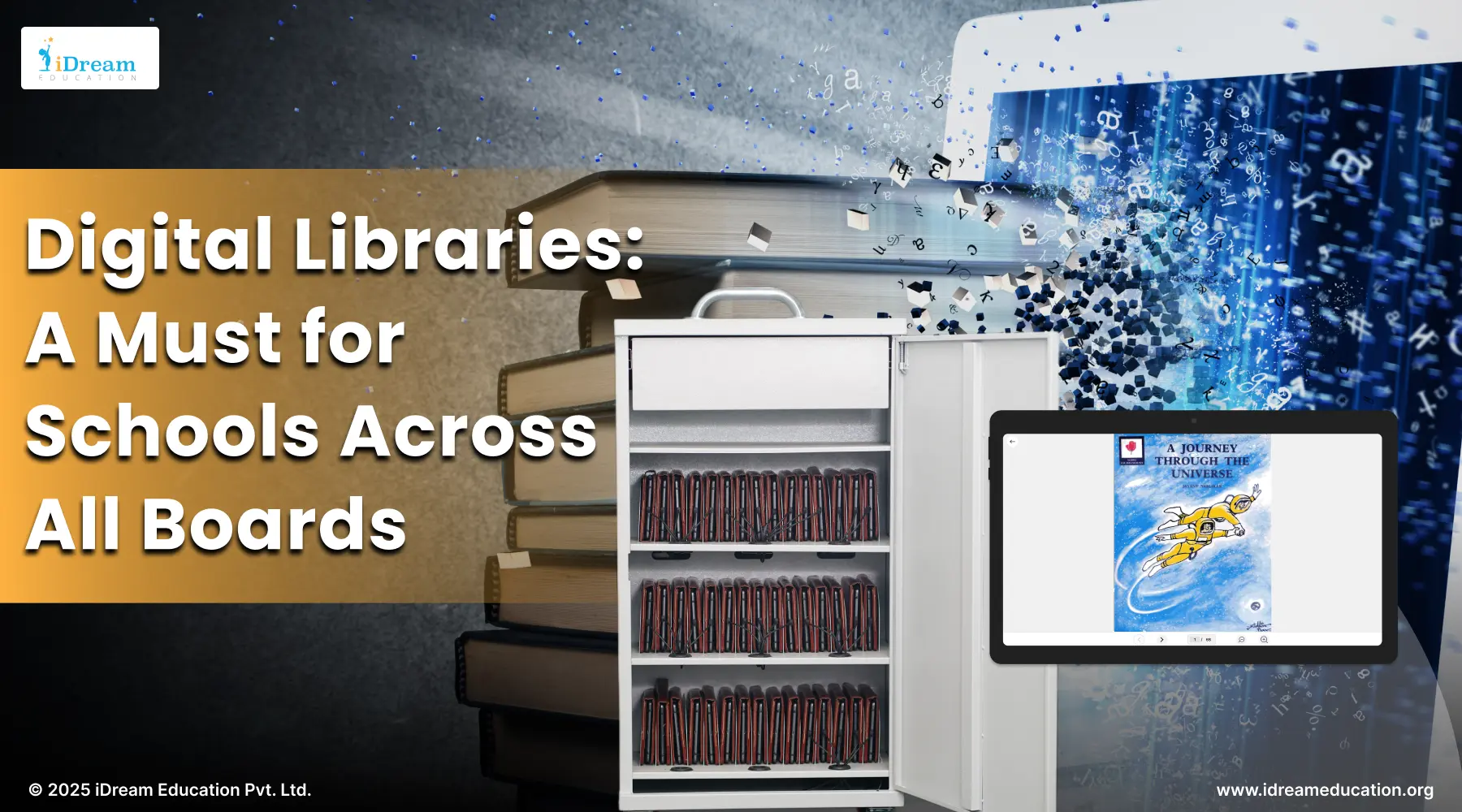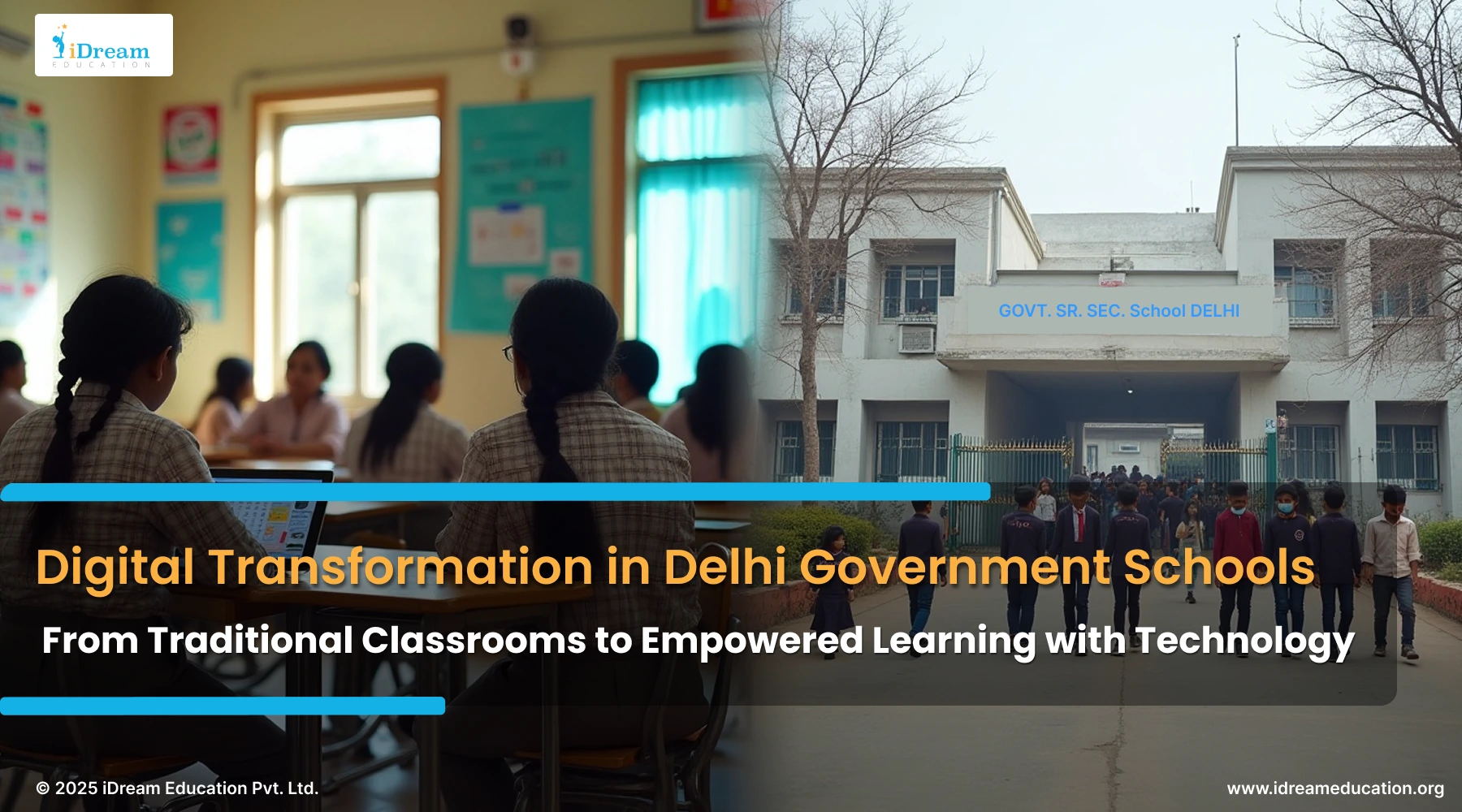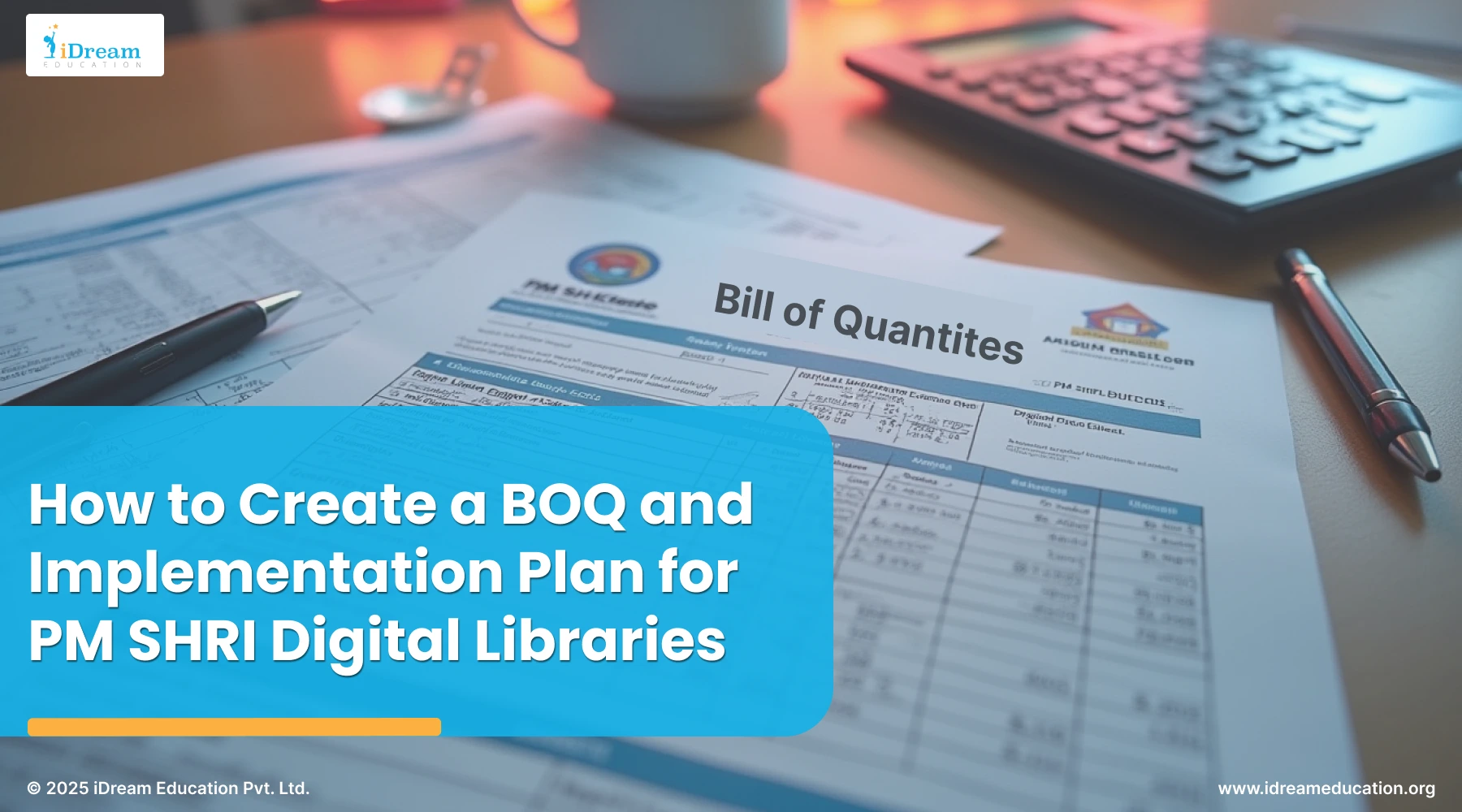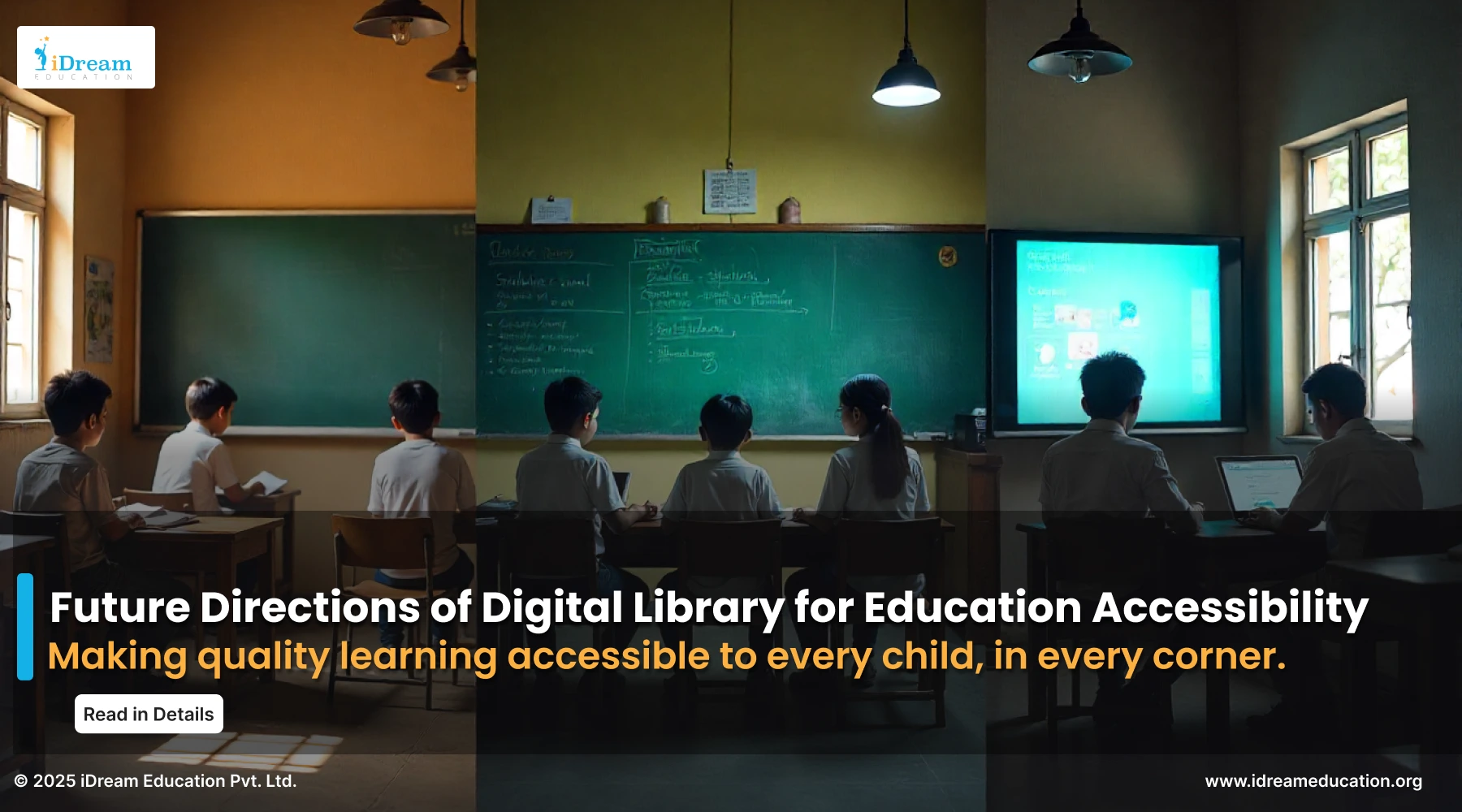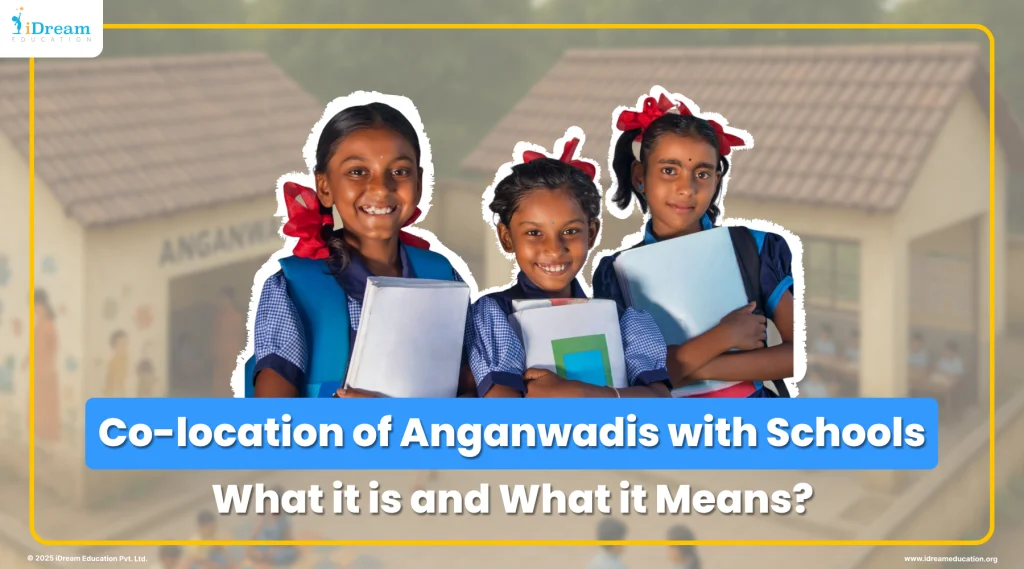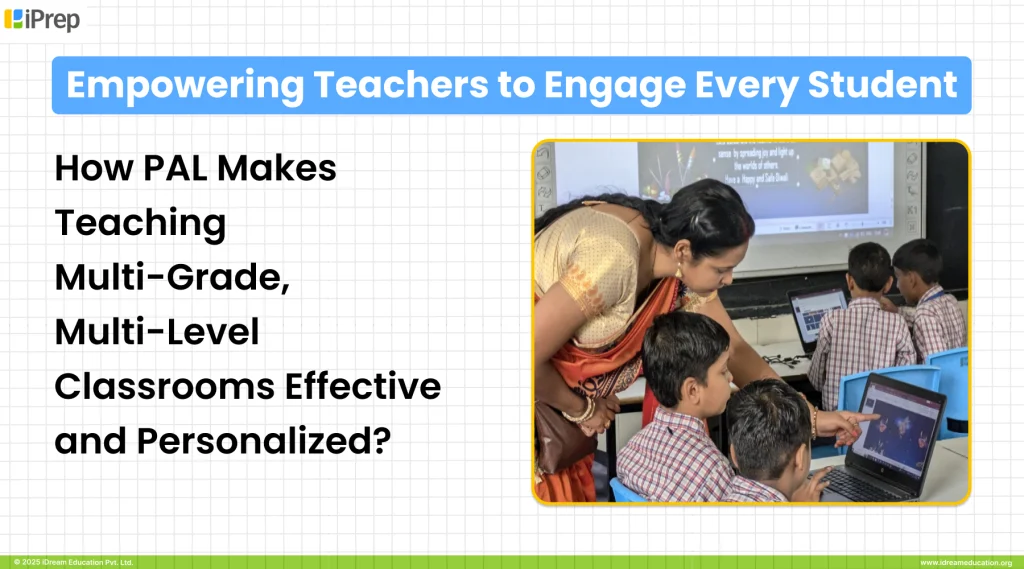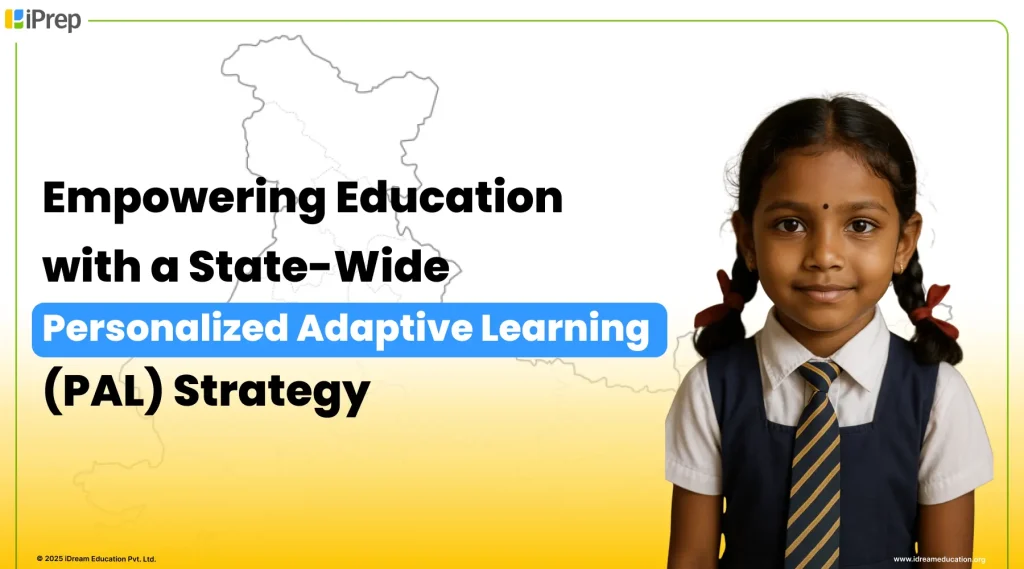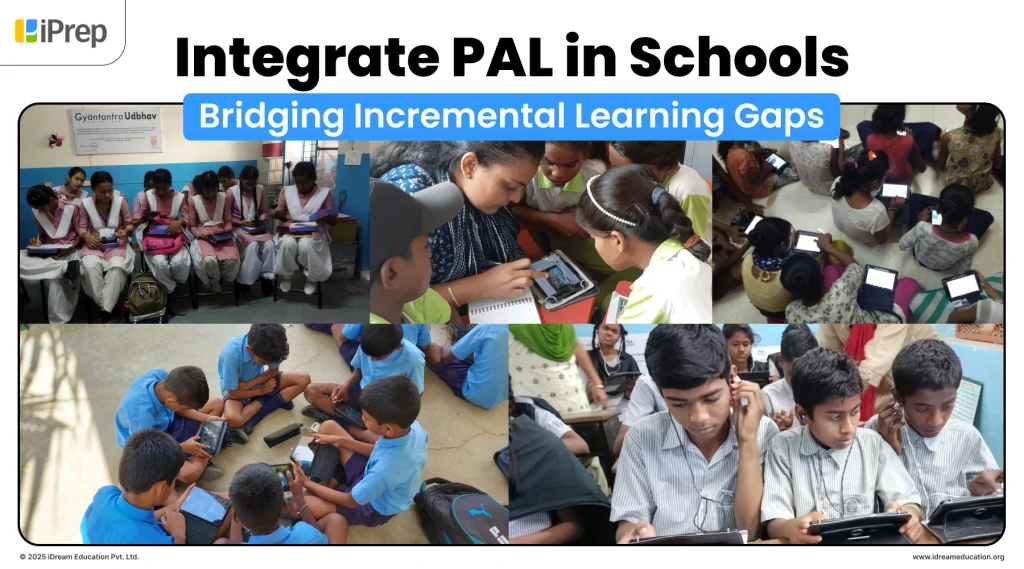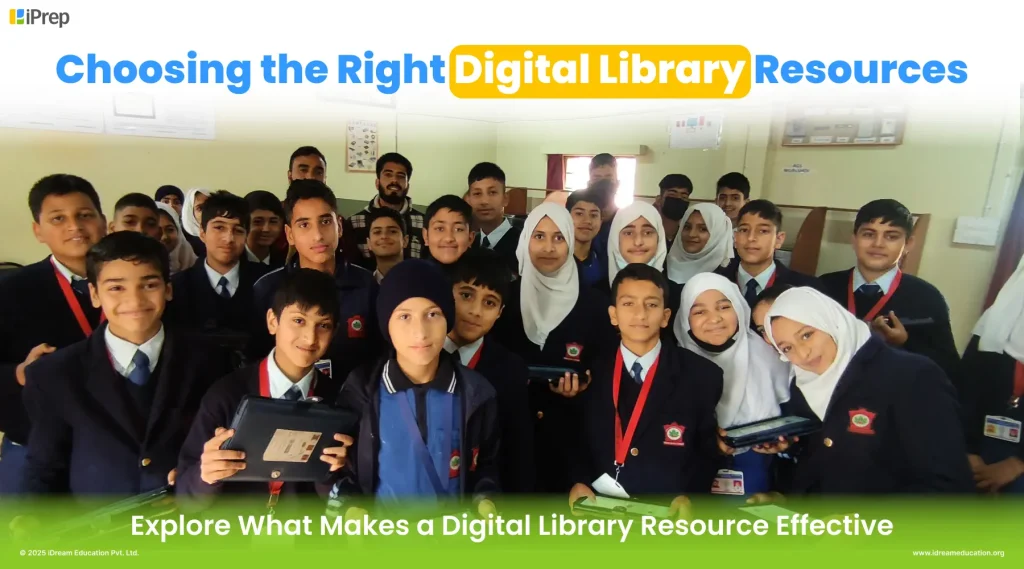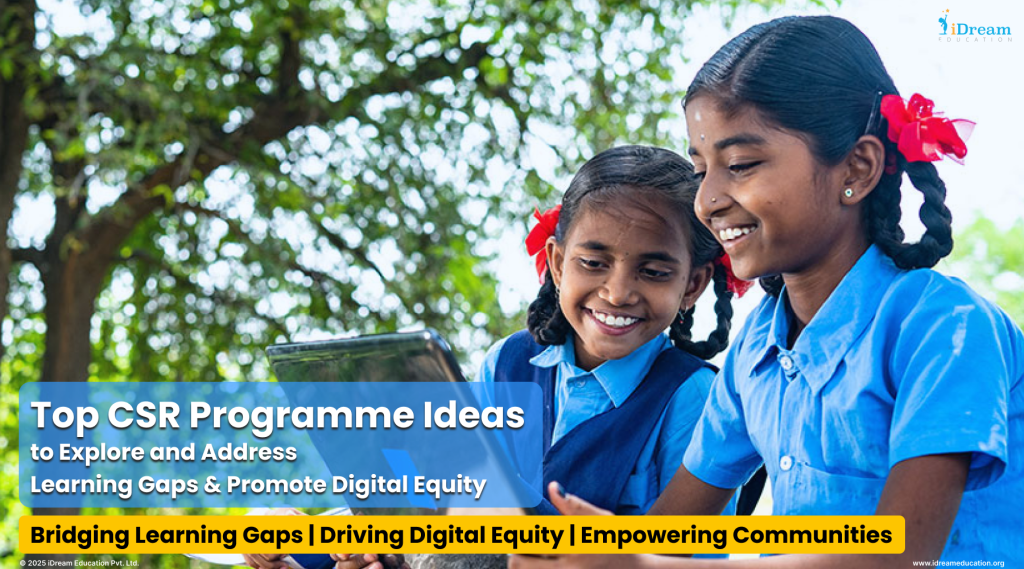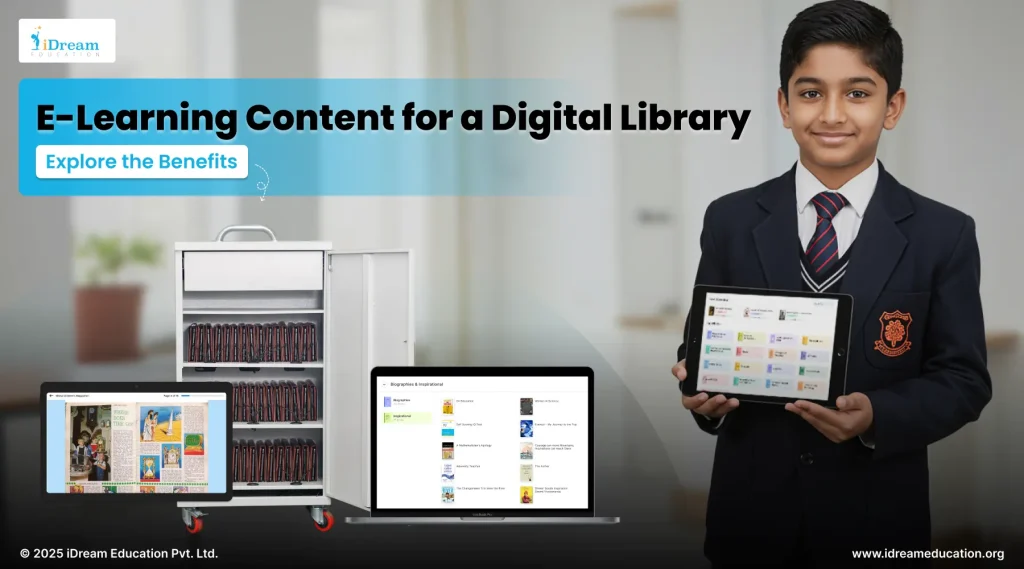
In today’s digital age, information is everywhere, but that doesn’t mean it’s accessible or meaningful, especially for school students. The internet is overflowing with educational resources, from e-books and PDFs to YouTube tutorials and online courses. But ironically, this abundance often creates more confusion than clarity. When students look up a topic online, they’re met with a flood of links, ads, pop-ups, and content of varying quality. They have to guess the right keywords, sift through multiple sources, and rely on their own limited judgment to figure out what is relevant, credible, and age-appropriate.
For school students, accessing the internet for learning is not just overwhelming, instead it’s deeply inefficient and potentially risky. Let’s look at why?
Without clear guidance, students can easily end up accessing outdated information, unreliable sources, or content that’s simply too advanced or irrelevant for their grade level. Moreover, open internet platforms are full of distractions. From autoplay videos to targeted ads and non-educational suggestions, students are constantly pulled away from focused learning. In government schools, where digital literacy is still growing, these challenges multiply.
Thus, there is an increasing recognition that simply providing hardware devices and internet access is not enough. What’s truly needed is a curated, distraction-free, and grade-appropriate digital library environment. One that acts as a safe and structured environment for e-learning.
That’s where the need arises for a well-organized E-Learning Content in a Digital Library. Lets Look at what it Offers?
- E-Learning Content in a Digital Library is hosted or preloaded at a single, accessible location. Such a library brings all e-learning content together in one structured format. Digital libraries for schools makes it easier for schools to create focused and streamlined digital learning environments.
- Digital Library enables content in structured approach. Students can access it basis grade, and language, helping them browse only what’s relevant to their level. This ensures not only clarity but also inclusion, especially for learners in rural or multilingual settings.
- Importantly, digital library content hosted at one place doesn’t need internet connectivity. It can be hosted on a local server within the school premises or be preloaded onto devices such as tablets, chromebooks. Through an intuitive and student-friendly LMS interface, students can explore e-books, journals, comics, stories, poems, biographies, exam prep and more with just a few taps. The simplicity of navigation makes it accessible even for first-time digital learners. You can also explore setting up a digital library with PAL to empower students with library resources on adaptive LMS that helps them cover their historical learning gaps.
- The E-Learning content in a digital library setup is also remarkably flexible. Whether on cloud, or via storage and charging racks, the library can be made available for rotational access among students. Shared devices can be used efficiently without needing a one-device-per-child ratio. This makes it cost-effective and scalable across government and even private schools.
- Additionally, you also get tracking and reporting features built into the e-library LMS. This allows teachers and project administrators to monitor what content is being accessed, how often, and by whom. This helps identify learning patterns, content preferences, and areas where further support is needed. All the tracking is done at backend, while ensuring that learners remain focused and safe within a distraction-free digital environment.
In essence, hosted/preloaded E-Learning Content can help you bring structured, accessible, and safe digital learning to your schools. This is exactly what we need to enable safe digital learning inside schools and also align with the PM SHRI framework of school transformation.
Watch this video to see how this e-learning content in the Digital Library works seamlessly without the internet
Let’s now explore the top benefits of hosting e-learning content within a digital library – not just for convenience, but for what is truly beneficial and aligned with grassroots challenges
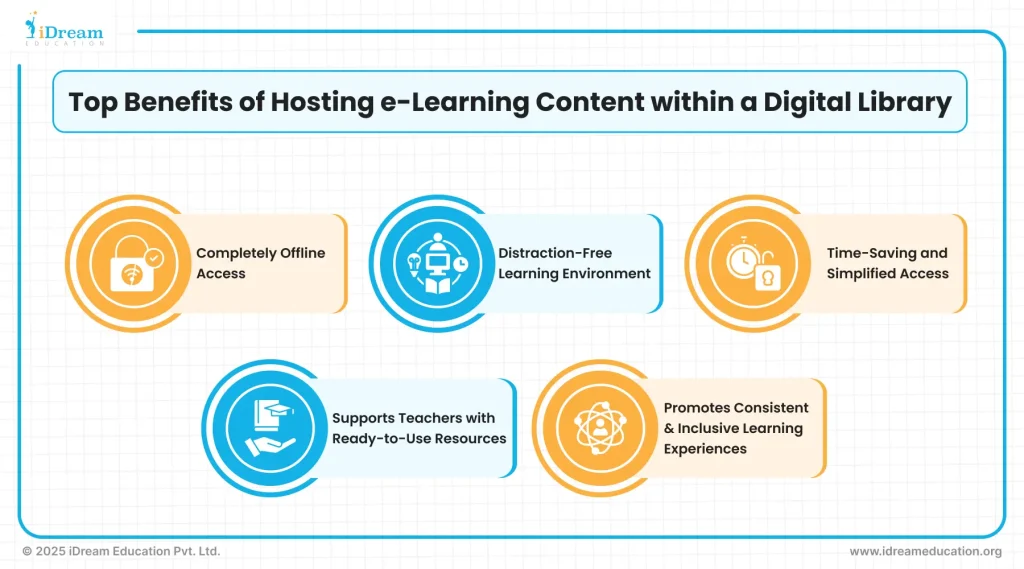
Completely Offline Access
Hosting or preloading e-learning content in a digital library allows students and teachers to access the full e-library resources without any internet connection. This is critical in many Indian government schools where internet connectivity is poor, unreliable, or unavailable altogether. Offline access ensures uninterrupted learning, regardless of geography.
Distraction-Free Learning Environment
Unlike the open internet, hosting or preloading e-learning content in a digital library setup offers a focused and safe space. No ads, no pop-ups, no unrelated video suggestions. Students just get clean, age/grade appropriate content. This shields students from inappropriate or irrelevant material and allows them to focus fully on their reading/learning.
Time-Saving and Simplified Access
Instead of spending time searching for relevant reading materials online, often using incorrect keywords and accessing scattered, mismatched resources. With hosted e-learning content in a digital library students can find everything they need with just a few clicks, organized by grade, subject, and language.
Supports Teachers with Ready-to-Use Resources
Another benefit of hosting or preloading e-learning content in a digital library is teachers no longer need to worry about students navigating unsafe or misleading digital content. With pre-curated library resources, they can confidently direct learners to age-appropriate, curriculum-mapped materials that support in-class and self-paced learning.
Promotes Consistent and Inclusive Learning Experiences
Whether in a private/ government school, with hosted e-learning content in a digital library, every student receives the same quality of digital library content. This consistency helps reduce learning disparities and ensures inclusive education regardless of geography or background.
Together, these benefits make hosted or preloaded e-learning content in a digital library a scalable, inclusive and safe solution to set up.
If you are looking for a digital library vendor, offering hosted or preloaded e-learning content in a digital library setup, you may contact us at +91 7678265039. You can also write to us at share@idreameducation.org or share your details here.
Frequently Asked Questions -
1. Why is the internet not always the best source for school students to study from?
Most online content is filled with ads, distractions, and not always aligned with school curriculum. Students often find it hard to judge what's reliable, age-appropriate, or educationally useful.
2. What are the risks of letting school students learn directly from YouTube or Google search?
Students may access outdated or incorrect content, get exposed to inappropriate material, or get distracted by entertainment-related suggestions and ads, making learning inefficient and unsafe.
3. What is hosted e-learning content in a digital library for school students?
A hosted e-learning content in a digital library offers offline curated e-library content on a platform that offers grade-wise, curriculum-aligned educational content in various formats within a safe, ad-free, and structured environment.
4. Why is preloaded and curated e-learning content better than random online search for students?
Preloaded and curated content ensures that students only access accurate, relevant, and age-appropriate material, saving time and reducing confusion. It also supports focused learning without distractions.
5. How can schools provide safe online learning without relying entirely on the internet?
By using offline-enabled digital libraries or platforms that work with or without the internet and come preloaded with grade and curriculum-aligned content designed specifically for student learning.
6. What should an ideal digital library for school students include?
It should offer curriculum-aligned content and holistic learning content (e-books, stories, biographies, poems, sample papers, exam prep and more), multi-language support, be accessible offline, free from ads, and easy for both teachers and students to navigate.
7. How does a digital library help improve learning outcomes in schools?
By reducing distractions, ensuring consistent access to quality content, and supporting personalized and self-paced learning, a digital library helps students understand and retain concepts better.
8. What are the benefits of a digital library with offline e-learning content for schools?
Offline digital libraries allow access to educational content without the internet. This is especially helpful in rural or government schools where connectivity is poor, ensuring continuous learning anytime, anywhere.
9. How does offline e-library content help government schools?
In remote schools with no or unreliable internet, offline access to a digital library ensures students and teachers can still use high-quality, e-library content without any interruptions or dependency on connectivity.
10. What makes a hosted e-library content in a digital library better than YouTube or Google search for students?
Unlike YouTube or open searches, hosted e-library content in a digital library offers a safe, ad-free, distraction-free space with only curriculum-relevant, grade-appropriate reading material. This helps students stay focused and reduces misinformation.
11. What kind of digital library content is typically enabled in schools?
Quality digital libraries include e-books, journals, sample papers, inspirational biographies, stories, comics, poems, exam prep, worksheets in multiple Indian languages.
12. Can e-library content in a digital library work without the internet in schools?
Yes, e-library content in a digital library can be hosted offline via preloaded devices like tablets, smart classes, or school servers. This means they work even in zero-connectivity environments.
13. What kind of content is available in a Digital Library?
Digital Library content usually includes e-books, audiobooks, journals, research papers, NCERT/CBSE/State Board content, biographies, poems and test prep materials. The collection depends on the platform or institution providing it.
14. Is Digital Library content free to use?
Some Digital Libraries are free and open-access, while some work on a one-time setup cost for schools or institutions, giving unlimited access to thousands of digital resources under a single subscription.


